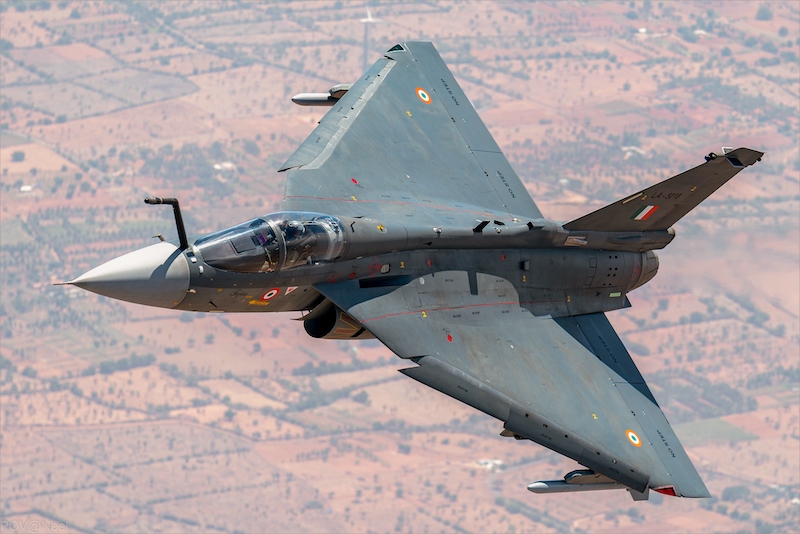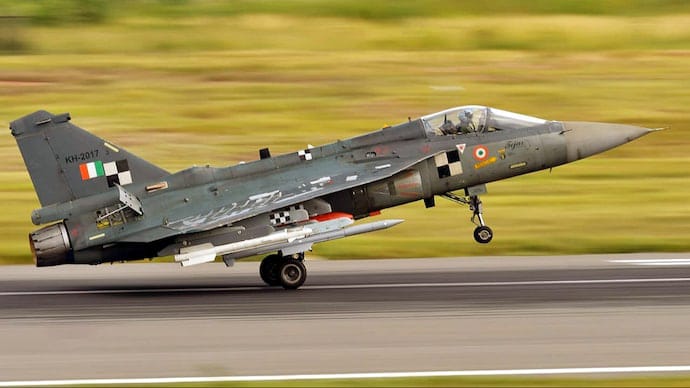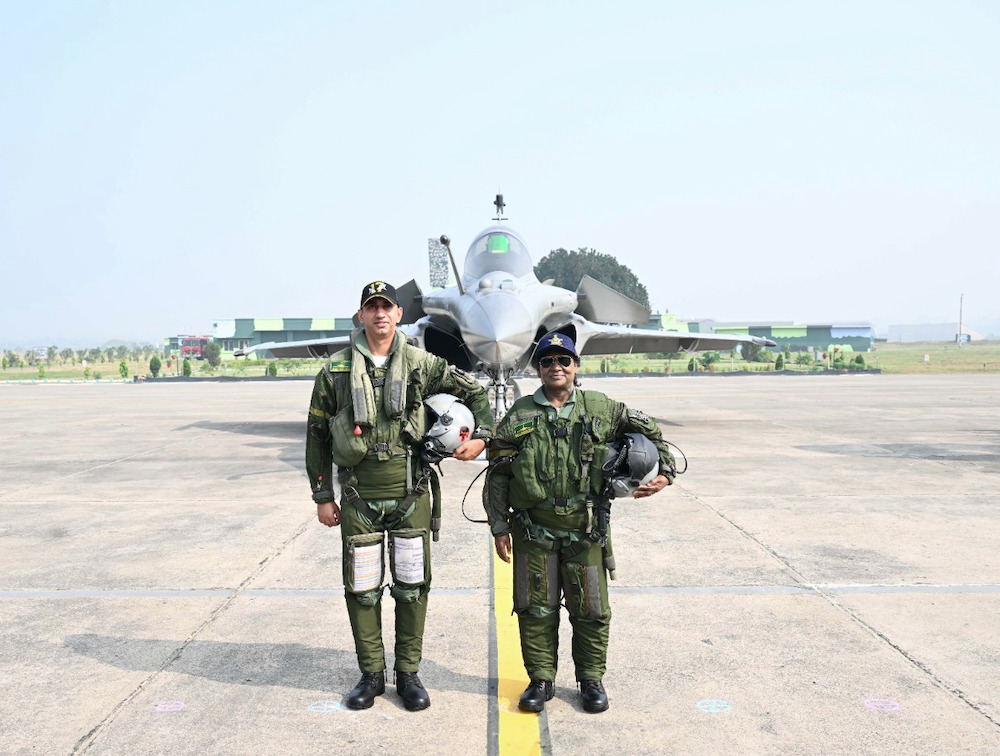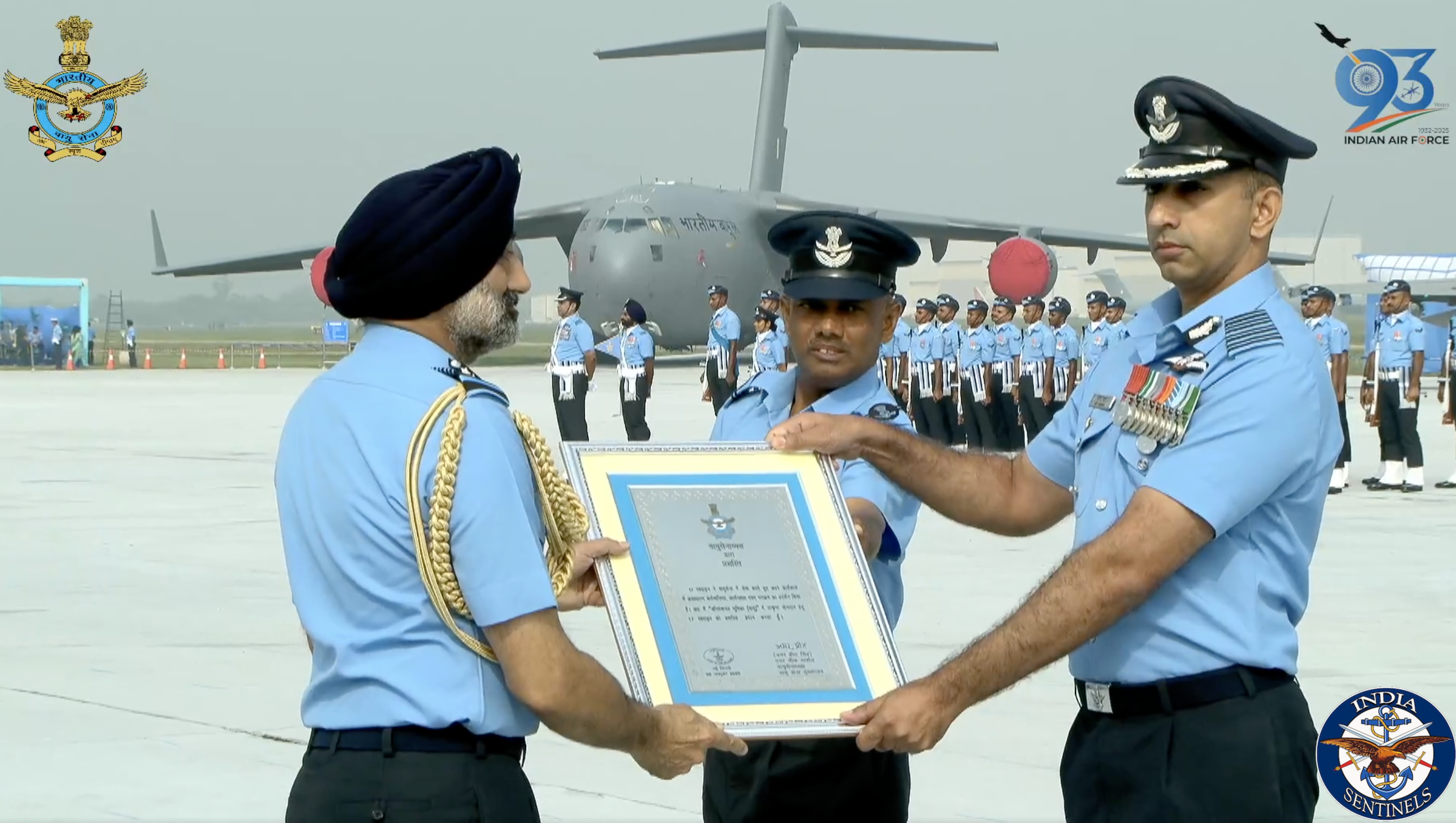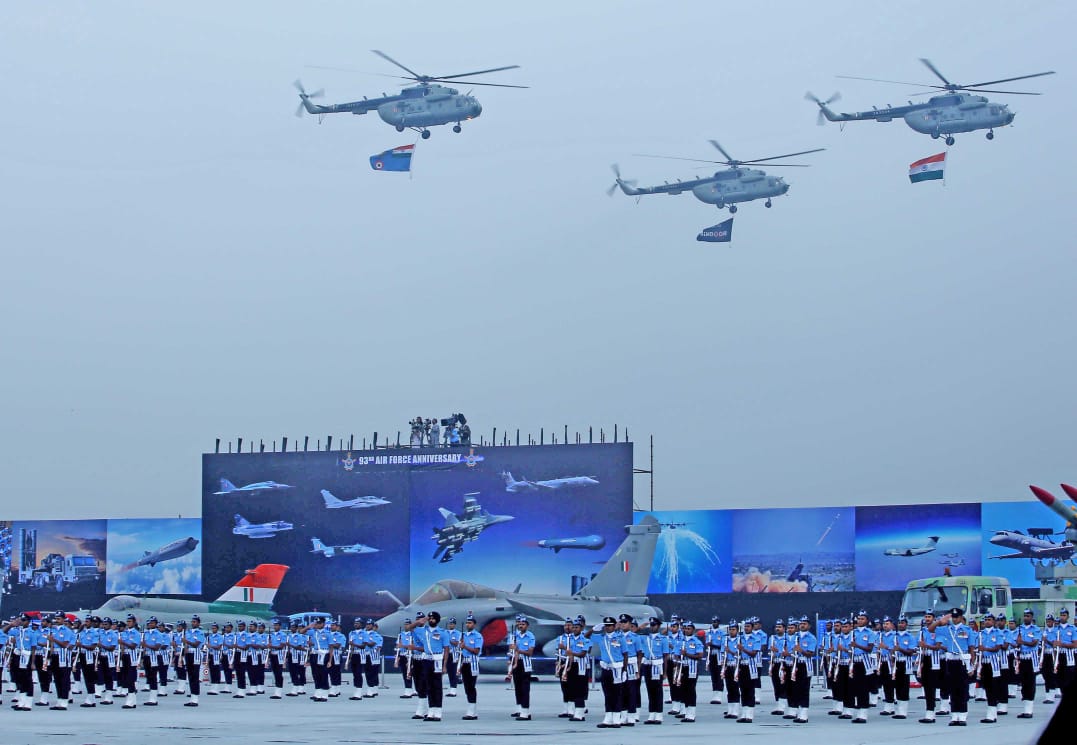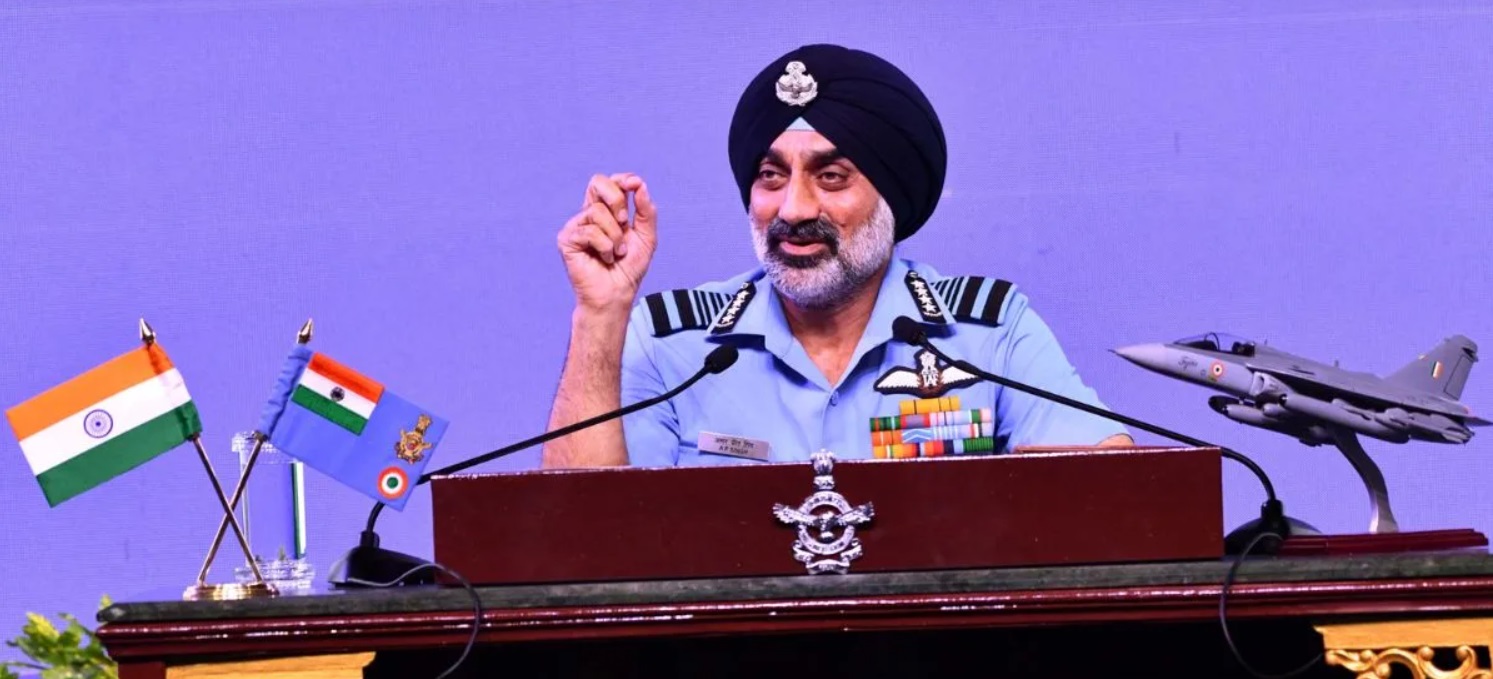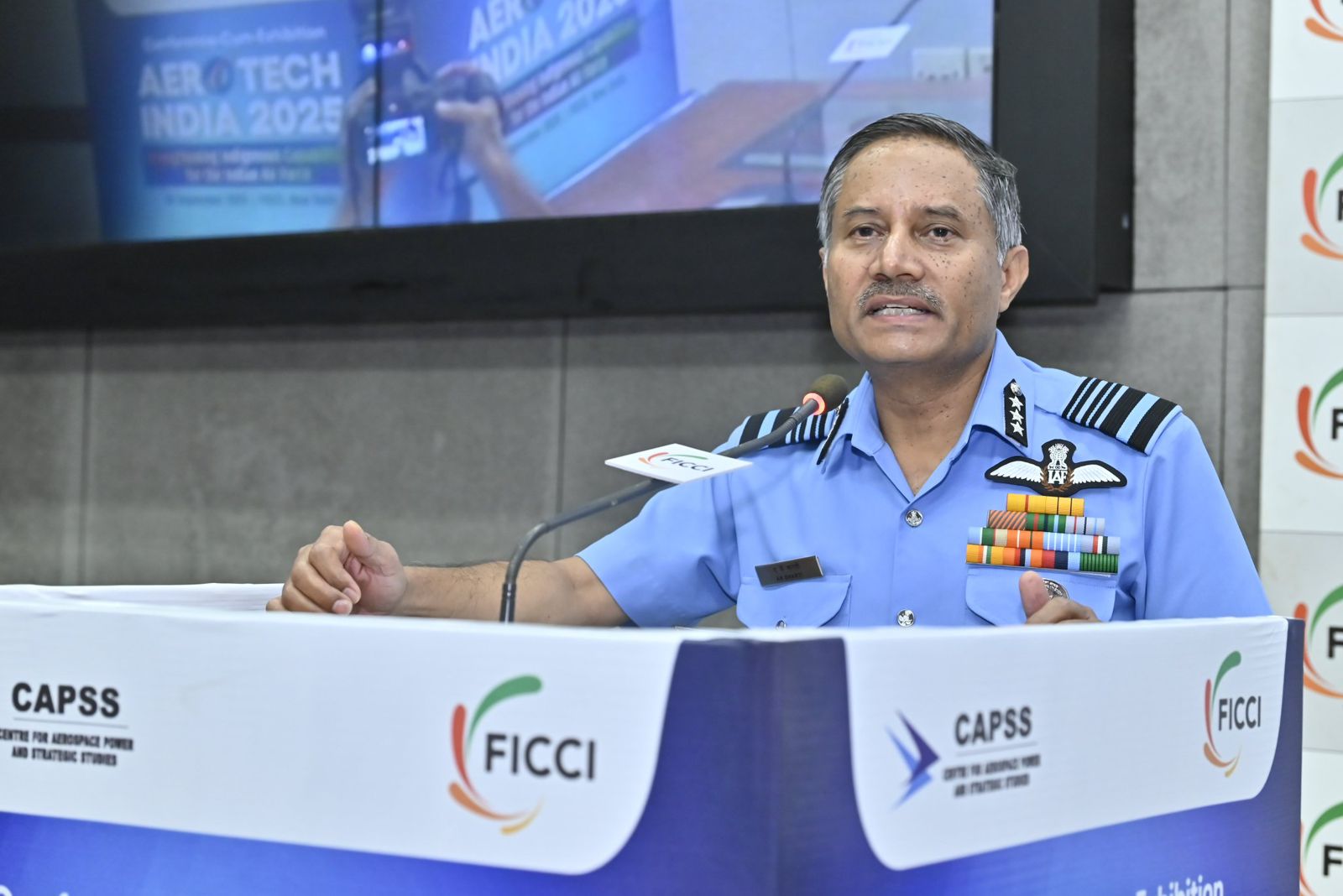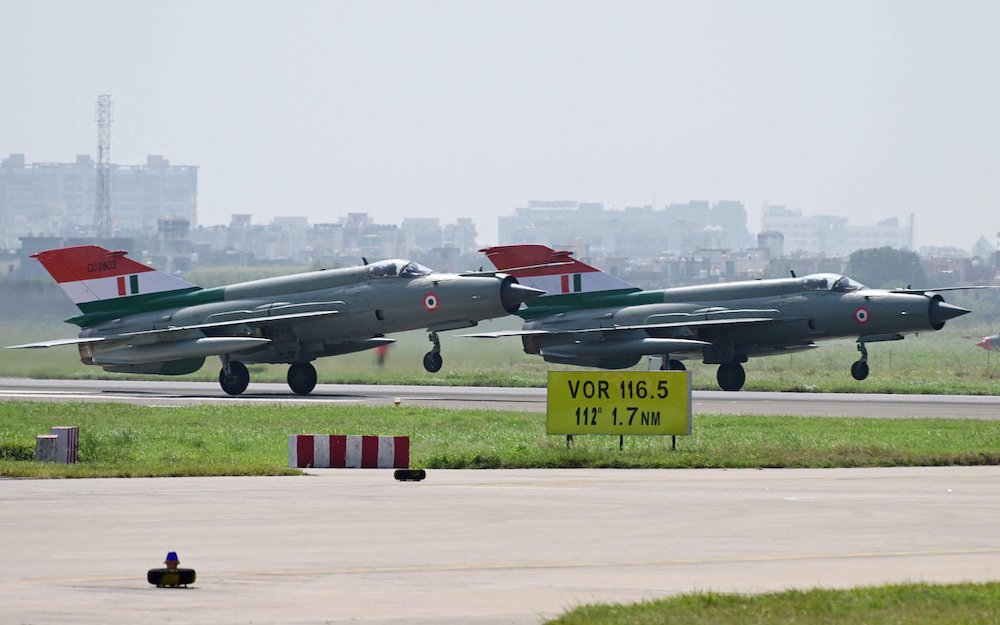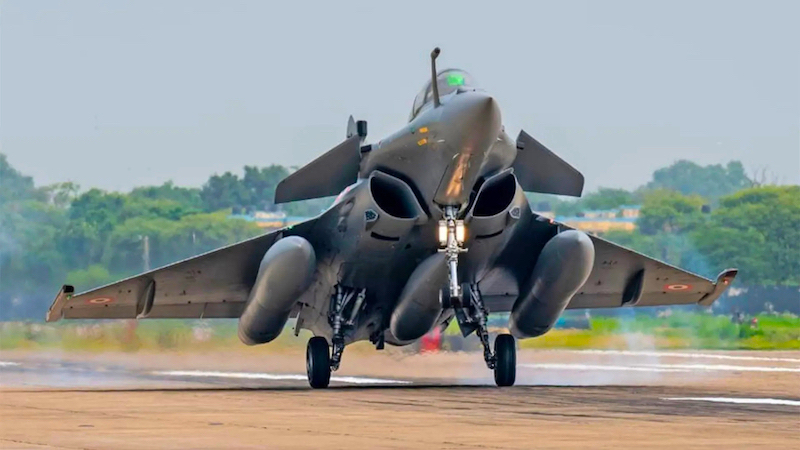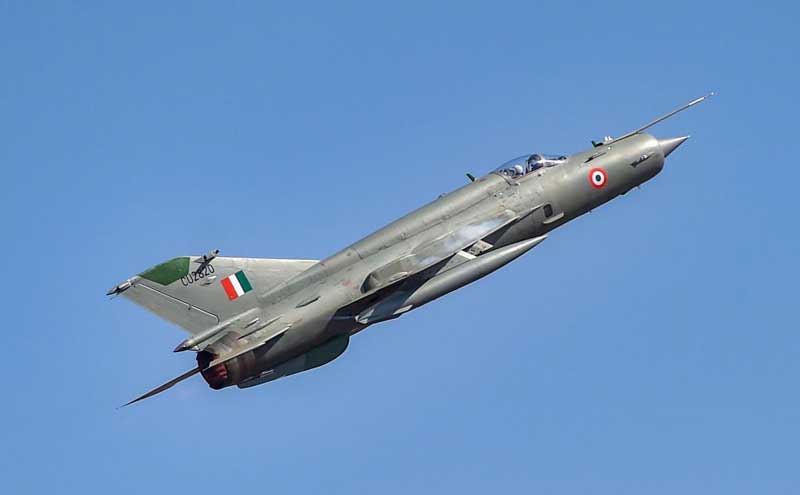 An Indian Air Force MiG-21 Bison. (File photo)
An Indian Air Force MiG-21 Bison. (File photo)
New Delhi: The Indian Air Force’s remaining MiG-21 Bison squadrons will be decommissioned by mid-September, defence officials said on Tuesday. This will bring the curtains down on the longest-serving fighter aircraft in the Air Force’s inventory. The final 31–36 aircraft, now consolidated at Nal Air Force Station in Rajasthan under No. 23 “Panthers” Squadron, will participate in a ceremonial farewell on September 19 at Chandigarh before being permanently grounded.
The retirement represents both an end and a beginning for Indian military aviation. While the withdrawal will temporarily reduce the IAF’s operational strength from 30 to 29 squadrons – well below the sanctioned 42-squadron requirement for two-front contingency planning – it also paves the way for the indigenous Tejas Mk-1A programme to fill the capability gap from 2026 onwards.
From Soviet import to Indian mainstay
The MiG-21’s Indian story began in April 1963 when the first aircraft arrived from the Soviet Union in crates and were reassembled at Chandigarh. This marked India’s entry into the supersonic age, with the delta-winged fighter becoming the nation’s first supersonic combat aircraft. The decision to opt for complete technology transfer proved prescient, enabling Hindustan Aeronautics Limited to establish domestic production lines at Nashik, Koraput, and Bangalore.
Between 1963 and 1989, India inducted 874 MiG-21s across various configurations, including 657 aircraft built locally under licence. This massive manufacturing effort not only met the IAF’s immediate needs but also established India as a significant aerospace manufacturing hub in the developing world.
The aircraft’s most significant upgrade came through the Bison programme between 2001 and 2007, when 125 MiG-21 bis aircraft received comprehensive modernisation. The joint Mikoyan-HAL package included Kopyo pulse-Doppler radar, Israeli Elta electronic warfare systems, R-77 beyond-visual-range missile integration, and glass cockpit displays. This transformation made the Indian MiG-21 Bison the world’s most advanced operational variant of the type, extending service life to 40 years.
Combat legacy across four conflicts
The MiG-21’s combat record spans four major conflicts and numerous border incidents, establishing its reputation as a formidable air-superiority fighter. Its baptism of fire came during the 1965 India-Pakistan war, where Squadron Leader Ajjamada Boppayya Devayya scored the type’s first victory by downing a Pakistani F-104 Starfighter.
The 1971 Bangladesh Liberation War showcased the MiG-21’s versatility and effectiveness. Type-77 variants cratered Tejgaon runway on December 4, 1971, establishing air superiority over East Pakistan within 48 hours. By war’s end, IAF MiG-21s had claimed four confirmed and four probable victories – including two F-104s, two F-6s, and an F-86 Sabre – while losing just two aircraft in air combat.
During the 1999 Kargil conflict, MiG-21s adapted to high-altitude strike and reconnaissance roles, delivering unguided munitions against fortified positions on Tiger Hill and Tololing. The type’s most recent combat engagement occurred on February 27, 2019, when Wing Commander Abhinandan Varthaman, flying a MiG-21 Bison, engaged Pakistani F-16s in aerial combat. Indian officials maintain that his R-73 missile struck a Pakistani F-16 before his own aircraft was hit, leading to his ejection and brief captivity across the Line of Control.
Shadow of attrition
Despite its combat successes, the MiG-21 acquired the unfortunate sobriquet of “flying coffin” due to its accident record. Between 1963 and 2025, an estimated 400–490 MiG-21s crashed during peacetime operations, resulting in 170–200 pilot fatalities and 40-60 civilian deaths. This represented a peacetime attrition rate of 0.55% per aircraft-year, placing it among the IAF’s most accident-prone types in absolute numbers, though not necessarily in percentage terms given the large fleet size.
Several factors contributed to this record. Until the arrival of the BAE Hawk advanced jet trainer in 2004, rookie fighter pilots transitioned directly from basic propeller trainers to the demanding MiG-21, whose landing approach speed exceeds 340 kilometres per hour. The aircraft’s R-25-300 turbojet engine operated close to its surge margin, making it vulnerable to bird strikes and flame-outs during critical flight phases. By the 2010s, the scarcity of original Soviet spare parts led to increased cannibalization and unscheduled maintenance issues.
Beyond combat operations
The MiG-21’s service extended far beyond frontline combat roles. QRA (quick-reaction alert) cells at strategic locations including Leh, Srinagar, Naliya, and Kalaikunda scrambled thousands of interception sorties between 1970 and 2010. Notable incidents included the interception of a Pakistan Navy’s Breguet Atlantique in 1999, which was subsequently shot down, and numerous Chinese aircraft violations along the northern borders.
The aircraft also served as a training platform at the IAF’s Fighter Training Wing in Jamnagar, where operational squadron pilots learned high-speed strafing, dive-bombing, and rocket delivery techniques. This role as a “flying classroom” proved invaluable in maintaining pilot proficiency across the fighter fleet.
During natural disasters, MiG-21s provided reconnaissance and runway verification services, clearing airstrips for relief operations in Odisha (1999) and Uttarakhand (2013). These civil support missions highlighted the aircraft’s versatility beyond its primary military role.
Transition challenges
The MiG-21’s retirement accelerates pressure on India’s indigenous fighter programmes. The Tejas Mk-1A, scheduled to replace the retiring MiG-21s, represents a generational leap with its AESA (active electronically scanned array) radar, advanced electronic-warfare suite, and Derby-ER missile capability. However, HAL’s current production capacity of approximately 16 aircraft annually means the squadron strength gap will persist until at least 2028.
Now, it has become imperative for the Air Force to bridge this capability gap by extending Sukhoi-30MKI flight hours and potentially accelerating additional acquisitions. The service aims to restore squadron strength to 35 by 2030, although achieving the sanctioned 42-squadron level remains a longer-term objective dependent on successful indigenous programmes and strategic acquisitions.
MiG-21’s cultural impact and global context
The MiG-21’s influence extends beyond military aviation into popular culture. Bollywood’s 2006 film “Rang De Basanti” dramatized a MiG-21 crash and a pilot’s mother’s legal struggle, cementing the “flying coffin” narrative in public consciousness. Yet for aviation enthusiasts and veterans, the aircraft evokes nostalgia through its iconic delta wing silhouette and distinctive afterburner roar that provided the sonic backdrop to Republic Day parades for generations.
Globally, the MiG-21 remains history’s most-produced supersonic fighter, with over 11,000 aircraft, including its variants, manufactured across Soviet, Czech, and Chinese production lines. The type equipped 60 air forces from Vietnam to Angola, becoming a symbol of Cold War aviation. India’s retirement leaves Croatia and North Korea among the last active operators, marking the twilight of an aviation classic that once challenged American F-4 Phantoms over the skies of Vietnam.
End of an Era
The MiG-21’s 62-year service record with the Indian Air Force represents two-thirds of the service’s existence since independence. From its arrival as a technological leap in 1963 to its farewell as a battle-tested veteran in 2025, the aircraft has participated in every significant chapter of Indian military aviation history. It won wars, intercepted intruders, trained generations of pilots, and yes, claimed too many lives in peacetime accidents.
As India prepares to salute the MiG-21 for the final time this September, the aircraft leaves behind a complex legacy painted with both triumph and tragedy. Its story ultimately represents the evolution of India’s aerospace ambitions – from Soviet dependence to indigenous capability – while serving as an enduring testament to the dedication of the pilots who flew it and the engineers who maintained it through six transformative decades of Indian aviation history.
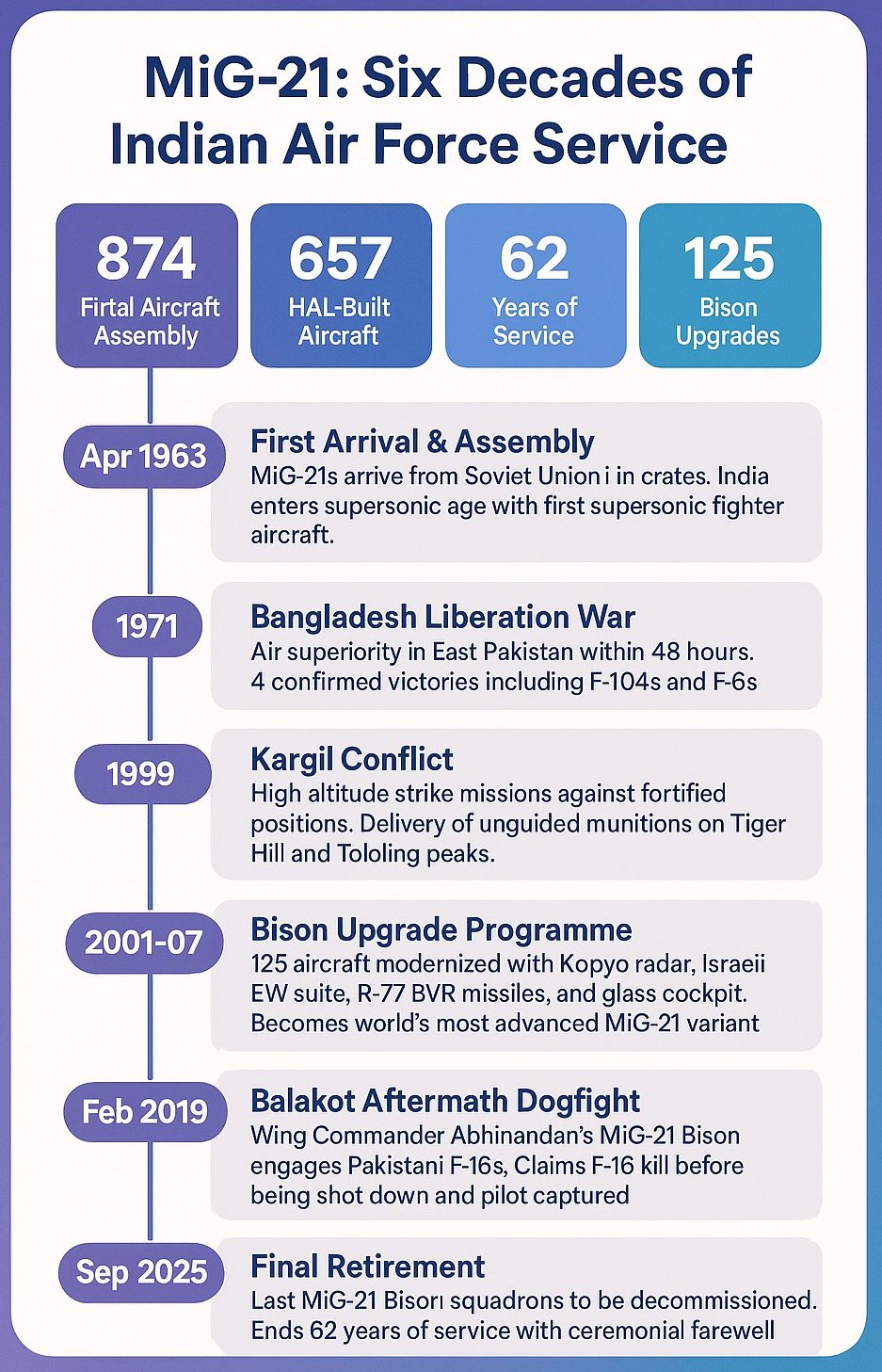
© India Sentinels 2025–2026


